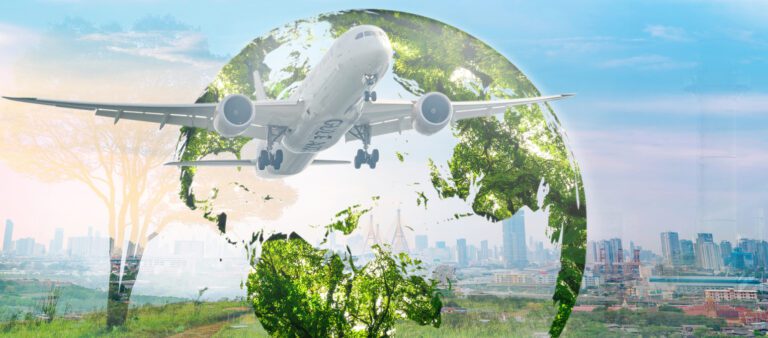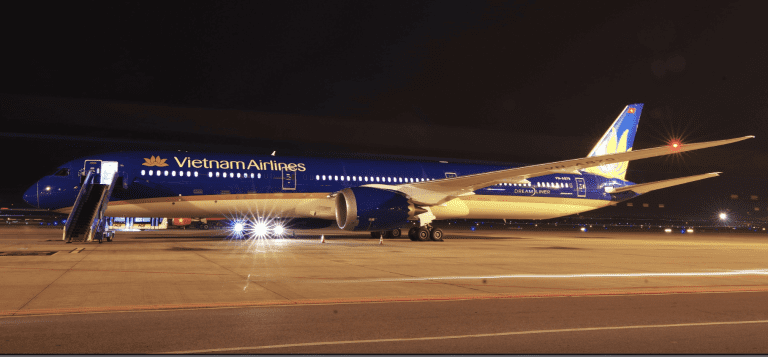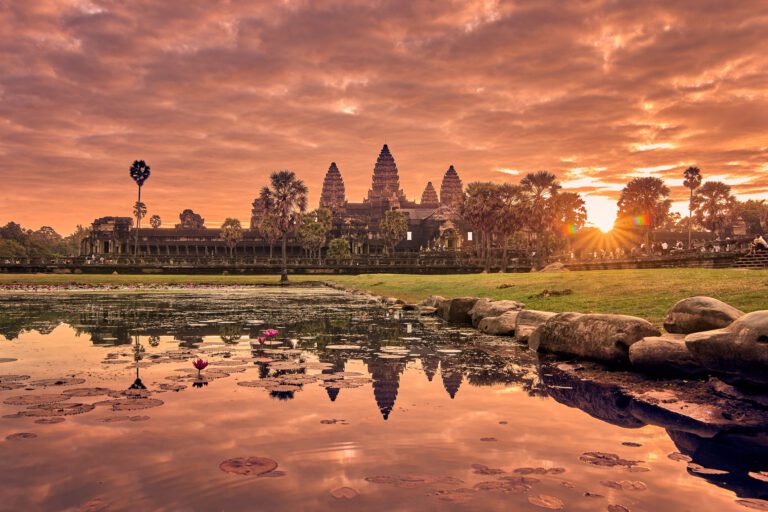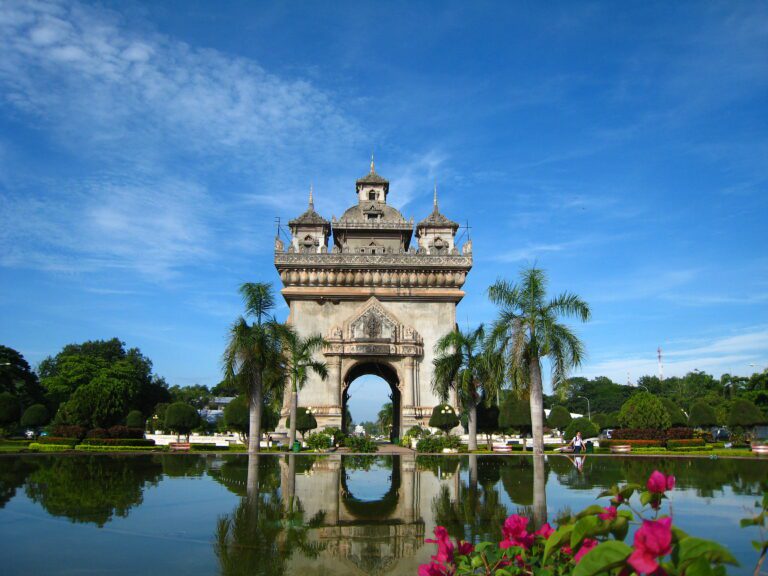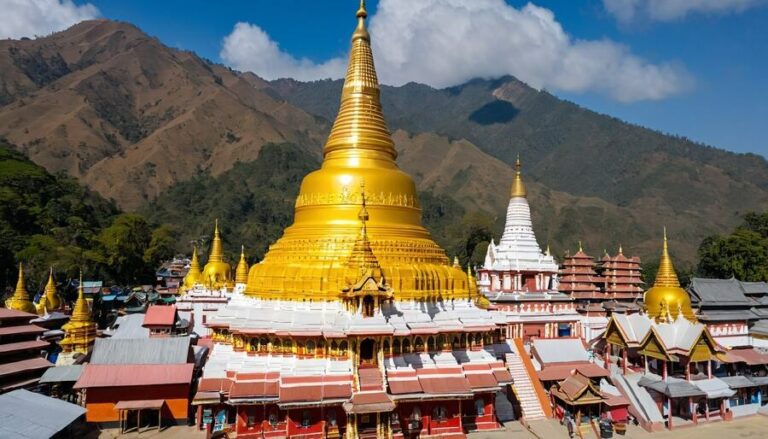To really dive deep into the heart of the Greater Mekong Sub-Region, you need to venture beyond the more well-tracked trails and see the region’s waterfalls up close. These cascades figure heavily in local culture – spawning local legends that add a human dimension to these powerful, out-of-the-way spectacles.
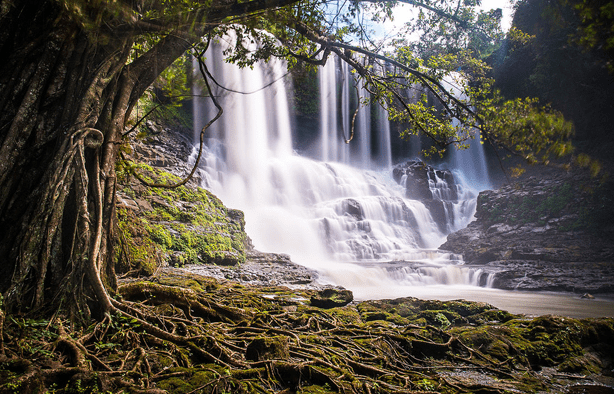
Bou Sra Waterfall in Mondulkiri, Cambodia is a local favourite, but is difficult to reach by motorbike (about 43 km northeast of Sen Monorom, on a partly-sealed motorway). The long slog is worth it: Bou Sra’s triple-tier drop is unique in Cambodia, with a series of platforms that let you view the cascade from multiple elevations.
Beyond the falls and the lush forests, tourists can visit a nearby Bunong (Phnong) village to see a way of life that has survived over 2,000 years. The animist Bunong gladly share their local customs, traditions, and cuisine with visiting tourists.
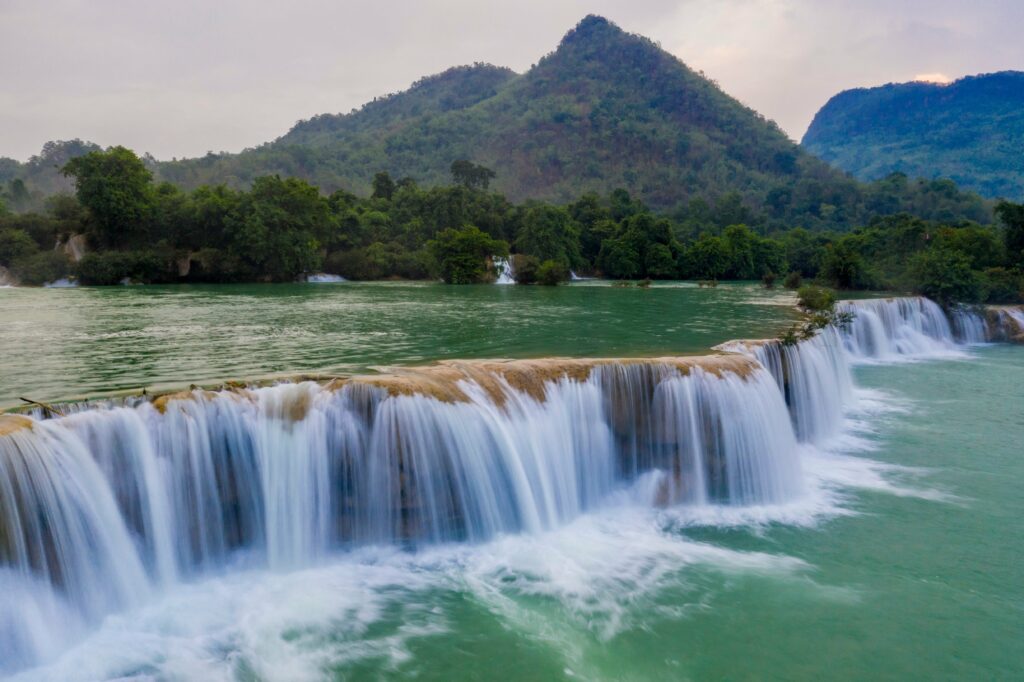
Haipa Waterfall in Southern Shan State, Myanmar is another long trek – to get there, you’ll need to drive six hours from Taunggyi. The falls’ multiple steps and bubbling basin provide a thriving habitat for various species of wildlife.
Tourists can relax at the side of the waterfall via guest houses and restaurants set alongside; motorboat services are also available for tourists who want to see the cascades up close.
The waterfall is open from November to December, and closed from May until the rainy season ends – plan your trip accordingly!
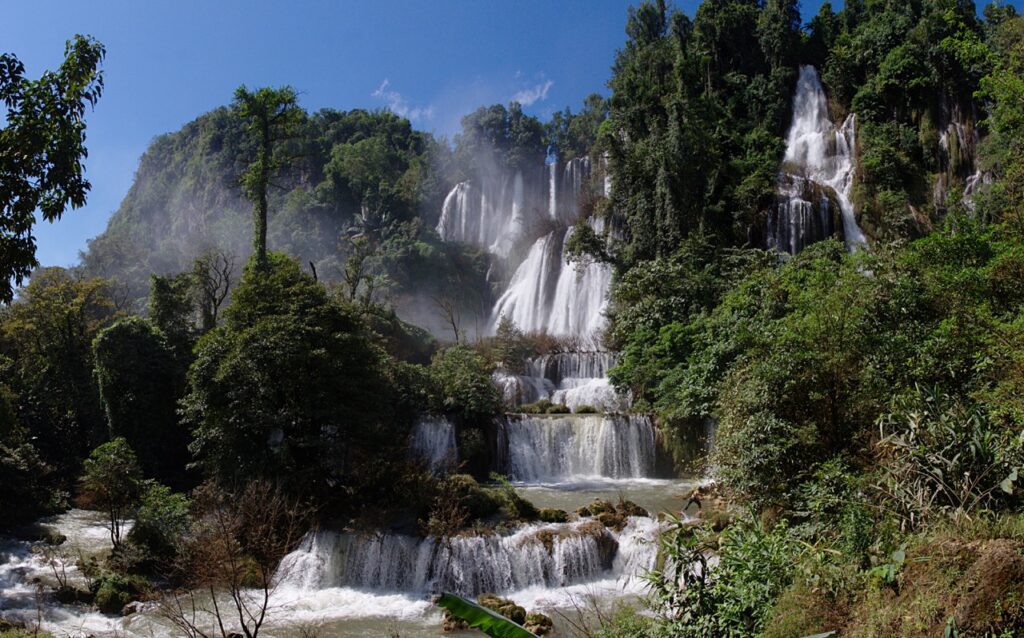
Finally, Thailand’s Thi Lo Su Waterfall, located in the Umphang Wildlife Sanctuary in Tak Province, stands as Thailand’s tallest and largest waterfall, with a spectacle that’s hard to match. The waterfall originates from the Huai Klo To stream, is about 500m wide at its mouth, and falls some 300m.
Set aside a few hours to get to Thi Lo Su waterfall, via one of two routes: via rubber dinghy from the Sai Pier, Amphoe Umphang up the Mae Klong River, then trek the Waterfall, which takes about six hours altogether; or trek from the Huai Nong Luang Forest Protection Unit to the Waterfall, a distance of 25 kilometres that takes up to five hours.
As gorgeous as these waterfalls are, local authorities may restrict access during the rainy season, when the danger of drowning in uncontrolled floods is at its highest. When visiting these waterfalls, take note of the recommended tourist seasons – so you can safely visit and enjoy the show!
